
1945 Definitive Issues
Updated - October, 2018
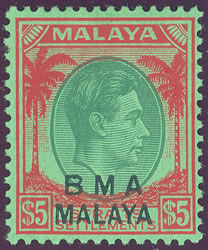
The Malay Peninsula was overrun by the Japanese in December, 1941. During the war, Straits Settlements stamps were used by the Japanese. After the war, Straits Settlements stamps were overprinted BMA MALAYA (British Military Administration) for use throughout the Malay Peninsula.
Other than a few scarce stamps, most of the stamps from this issue are inexpensive and relatively easily found. This presents a real opportunity for a specialist collector because there was a lot of reprintings of the various stamps that were in use. Identifying the stamps is a matter of determining the paper type, the print die, and sorting the various colors and overprint colors that were used. You will also see the term FA - Fluorescent Aniline. This means there is a fluorescent reaction under an ultraviolet light.
Three paper types may be found in this set: chalk paper, substitute (no chalk) paper, and thin striated paper.



Two print dies were used for the production of some of the stamps. Initially the stamps were printed in two operations using what is referred to as Die I. Later printings of the 2c, 3c, 5c, 10c, and 15c stamps were printed using a new die that resulted in one operation. This is referred to as Die II. The easiest way to differentiate between the dies is to look at the palm leaves on the right side. Die I has two points to the leaves, and Die II has one point. You might also notice the crisp impression and the way the lines and palm trees touch the oval in the image in Die I and the separation in Die II. The Dies are noted for the stamps where there are two options. All of the other stamps are Die I. See the images below from the Straits Settlements set to see the differences:
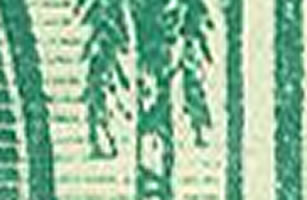
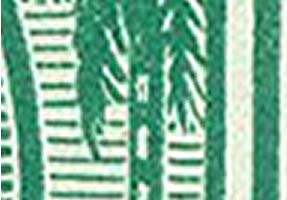
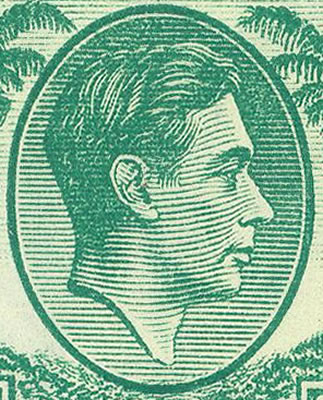
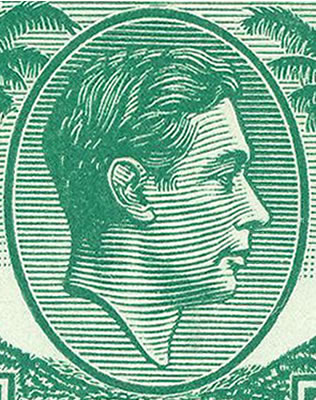
No outer line around the outer edge of the oval.
Note the white line around the outer edge of the oval.
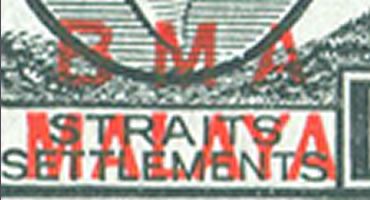
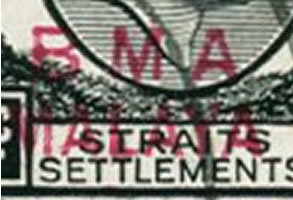
Found on all 1c stamps except for CW 22b
Found only on CW 22b
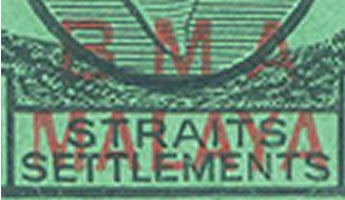
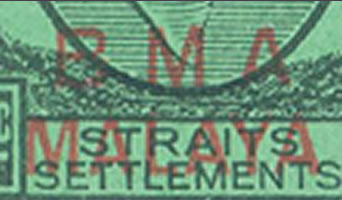
Found on CW 27 and CW 27a
Found only on CW 27b
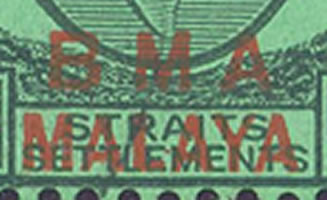
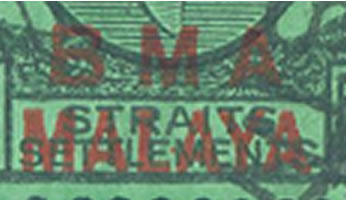
Found only on CW 27c
Found only on CW 27d
You should see a shiny look which is not visible in this scan.
The catalog numbers are from the 2008 Commonwealth King George VI Postage Stamp Catalogue (CW) published by Murray Payne, 2013 Stanley Gibbons Stamp Catalogue (SG) and the 2011 Scott catalog (ST). You can access the catalogue publishers using the "Links to British Colonial Stamp Sites" at the bottom of this page. Because of all the variation in this set, every stamp will be identified with the paper type and the print die used.
The images were saved in a larger size and at a higher resolution so you can more easily see the details used in sorting them. Please be patient if it takes a few minutes for this page to load.
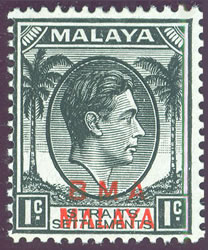
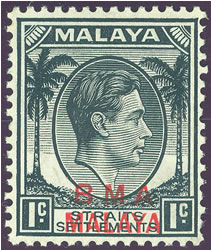
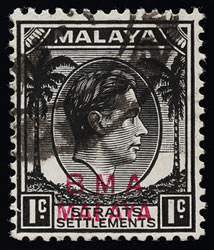
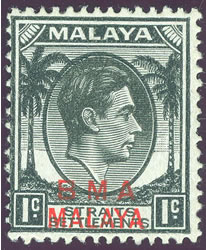
1c Black
Substitute Paper
Red Overprint
Die I
1c Jet Black
Chalk Paper
Red Overprint
Brown Gum
Die I
1c Black
Chalk Paper
Magenta Overprint
Die I
(Probably not this dark.
I did not create this scan.)
1c Black
Chalk Paper
Red Overprint
Die I
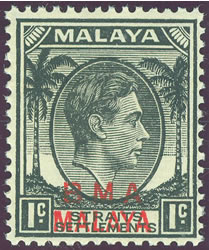
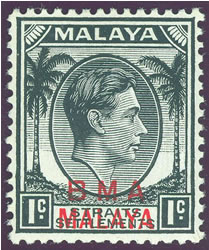
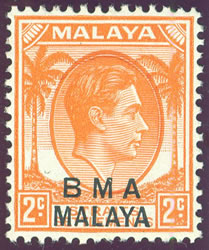
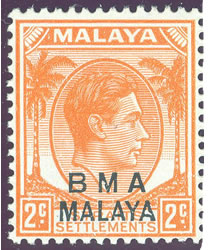
1c Black
Thin Striated Paper
Red Overprint
Die I
1c Jet Black
Chalk Paper
Red Overprint
Die I
2c Orange
Substitute Paper
Die I
2c Orange
Substitute Paper
Die II
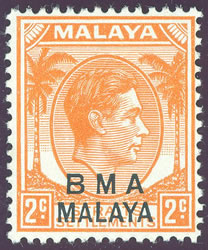

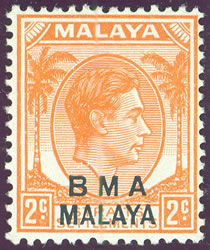
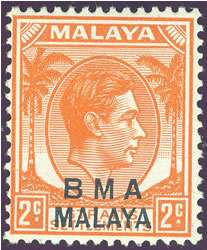
2c Orange
White Forehead
Substitute Paper
Die II
2c Orange
Thin Striated Paper
Die II
2c Orange-Yellow
Substitute Paper
Die II
2c Orange
Chalk Paper
Die II
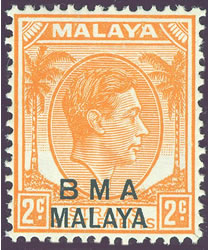
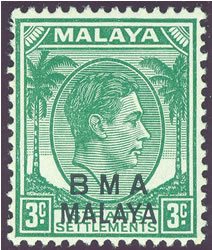
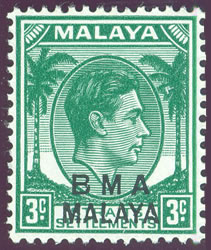
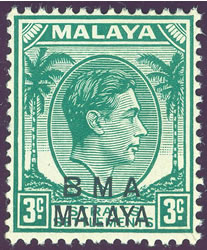
2c Orange-Yellow
Chalk Paper
Die II
3c Green
Substitute Paper
Die II
3c Blue-Green
Substitute Paper
Die II
3c Green
Chalk Paper
Die II
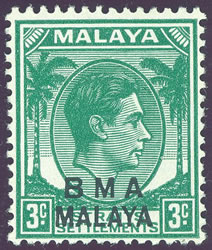
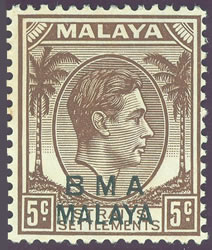
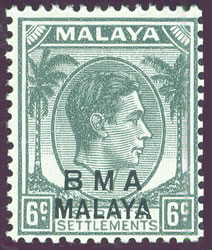
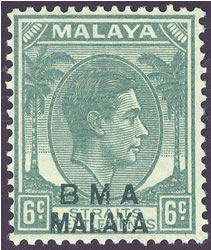
3c Blue-Green
Chalk Paper
Die II
5c Chocolate
Chalk Paper
Die II
6c Slate-Grey
Substitute Paper
Die II
6c Slate
Thin Striated Paper
Die II
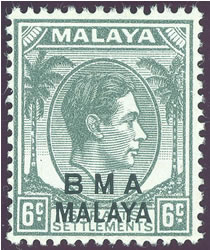
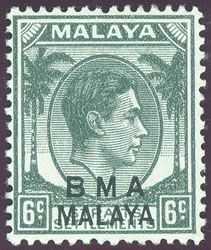
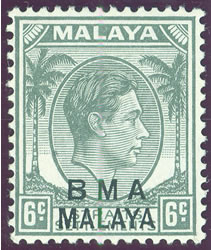
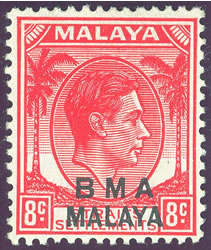
6c Slate-Grey
White Forehead
Substitute Paper
Die II
6c Slate
Chalk Paper
Die II
6c Slate-Grey
Chalk Paper
Die II
8c Rose
Substitute Paper
Die II
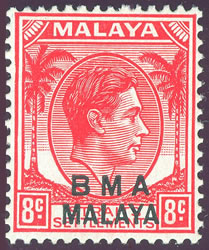
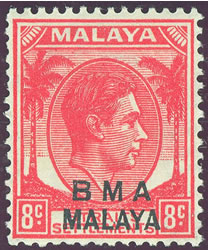
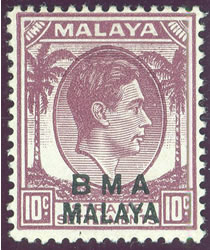
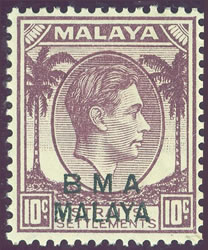
8c Rose-Scarlet
Substitute Paper
Die II
8c Deep Rose
Thin Striated Paper
Die II
10c Deep Purple
Substitute Paper
Die I
10c Deep Brown-Purple
Chalk Paper
Die I
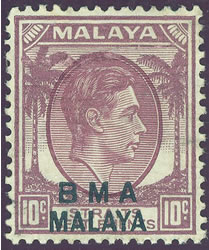
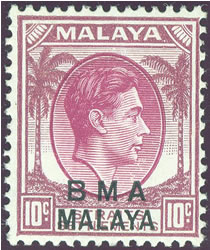
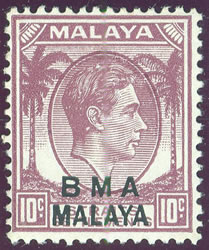
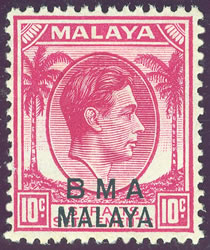
10c Dull Purple
Thin Striated Paper
Die I
10c Purple (FA) &
Dull Purple
Chalk Paper
Die I
10c Purple
Fugitive Ink
Substitute Paper
Die I
10c Magenta-Purple (FA)
Chalk Paper
Die I
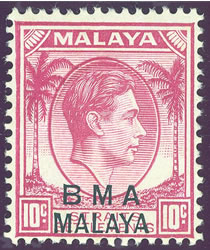
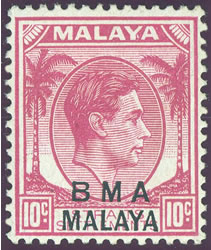
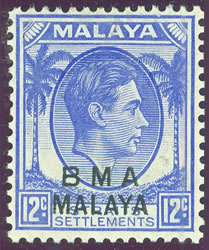
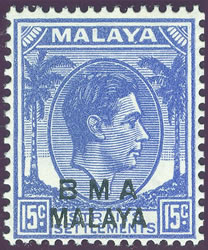
10c Reddish-Purple (FA)
Chalk Paper
Die I
10c Reddish-Purple
Chalk Paper
Die II
12c Ultramarine
Chalk Paper
Die I
15c Ultramarine
Black Overprint
Substitute Paper
Die II
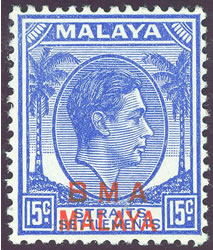
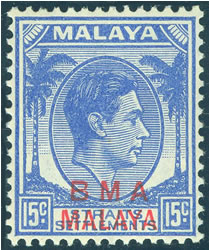
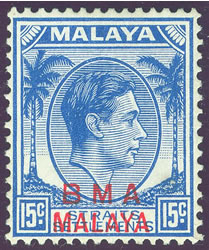
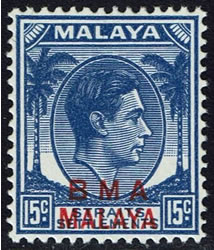
15c Ultramarine
Red Overprint
Substitute Paper
Die II
15c Dull Ultramarine
Red Overprint
Substitute Paper
Die II
15c Blue
Red Overprint
Chalk Paper
Die II
15c Steel-Blue
Red Overprint
Substitute Paper
Die II
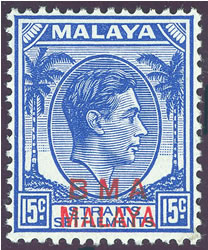
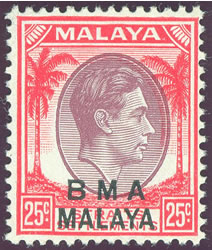
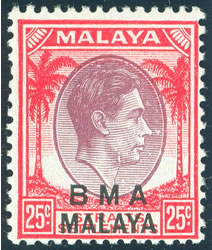
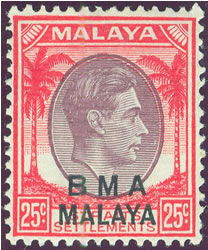
15c Ultramarine
Red Overprint
Chalk Paper
Die II
25c Purple &
Carmine-Red
Substitute Paper
Die I
25c Pale Purple &
Carmine-Red
Substitute Paper
Die I
25c Purple &
Deep Carmine
Thin Striated Paper
Die I
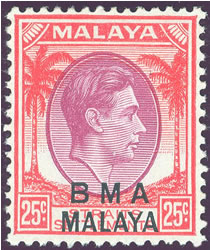
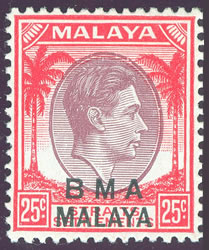
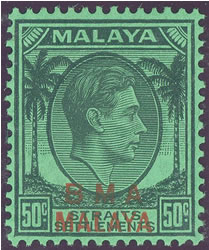
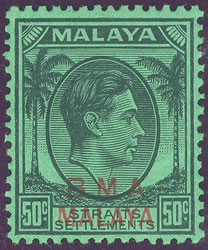
25c Purple &
Scarlet
Substitute Paper
Die I
25c Purple &
Deep Scarlet
Chalk Paper
Die I
50c Black
Red Overprint
Green Substitute Paper
Die I
50c Black
Red Overprint
Green Chalk Paper
Die I
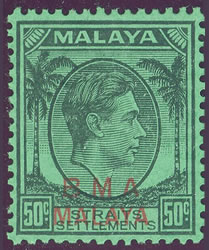 |
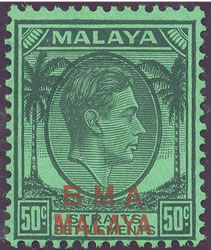 |
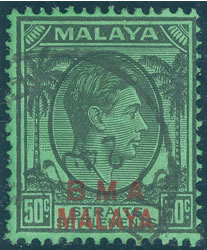 |
| CW 27b - SG 14a - ST 267 50c Black Red (FA) Overprint Green Substitute Paper Die I |
CW 27c - SG 14a - ST 267 50c Jet Black Dark Red Overprint Green Substitute Paper Die I |
CW 27d - SG 14a - ST 267 50c Black Shiny Metallic Overprint Green Substitute Paper Die I |
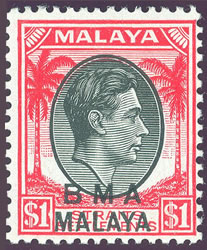
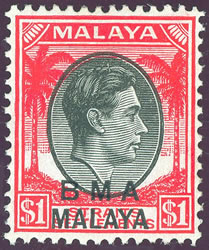
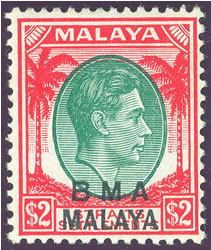
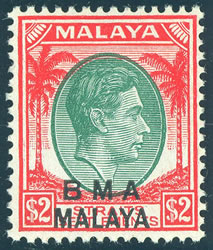
$1 Black &
Carmine
Substitute Paper
Die I
$1 Black &
Deep Scarlet
Substitute Paper
Die I
$2 Green &
Carmine-Red
Substitute Paper
Die I
$2 Green &
Scarlet
Substitute Paper
Die I
 |
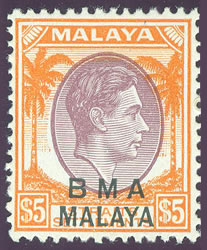 |
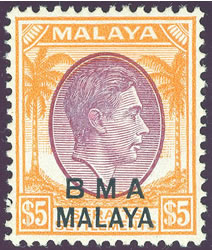 |
| CW 30 - SG 17 - ST 270 $5 Green & Scarlet Green Chalk Paper Die I |
CW 31 - SG 18 - ST 271 $5 Purple & Brown-Orange Substitute Paper Die I |
CW 31a - SG 18 - ST 271 $5 Red-Purple & Yellow-Orange Substitute Paper Die I |
This article was written to help you identify your stamps.
Please feel free to ask a question, or include a correction.